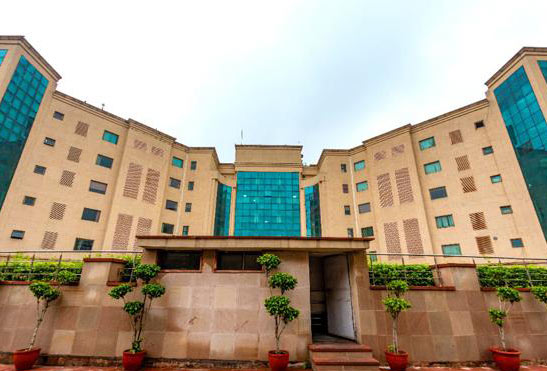
India’s Union Public Service Commission (UPSC) has advertised for several positions via a lateral entry scheme to bring specialized expertise into the government’s higher echelons, particularly at the Joint Secretary and Director levels.
The initiative, while innovative, has sparked a debate over its implications for the civil services structure, governance, and administrative efficiency.
Why lateral entry?
The scheme allows the government to tap into specialized knowledge from sectors like technology, finance, and management, where traditional civil services might lack depth. This could enhance policy formulation and implementation, especially in areas requiring cutting-edge solutions.
Lateral entrants bring new ideas and approaches, potentially breaking the bureaucratic inertia often criticized in government operations. This could lead to more dynamic and innovative governance.
The introduction of lateral entrants might spur competition, push career civil servants to perform better, and foster an environment of meritocracy and efficiency.
By integrating private sector expertise, the scheme could bridge the gap between government policies and market realities, potentially leading to more effective economic and infrastructural policies.
The concerns about Lateral Entry
Concerns are being raised about integrating lateral entrants with the existing bureaucracy.
Critics say the operational differences could lead to friction, reducing the effectiveness of these new entrants.
They argue that this system might bypass the rigorous selection process of the UPSC, which is designed to ensure merit-based recruitment.
There’s a fear that political or corporate favoritism could influence selections, undermining the impartiality of civil service.
The critics point out that lateral entrants, often from urban, corporate backgrounds, might lack an understanding of India’s diverse socio-political fabric, which is crucial for effective governance at the grassroots level.
There’s also a risk of conflicts of interest, especially if lateral entrants from the private sector are involved in policy-making that could benefit their former employers or industries.
Call for transparency
Ensuring the recruitment process is transparent and free from favoritism is crucial to maintaining the integrity of the civil service.
Effective integration programs and training for lateral entrants to understand the nuances of government functioning could mitigate cultural clashes.